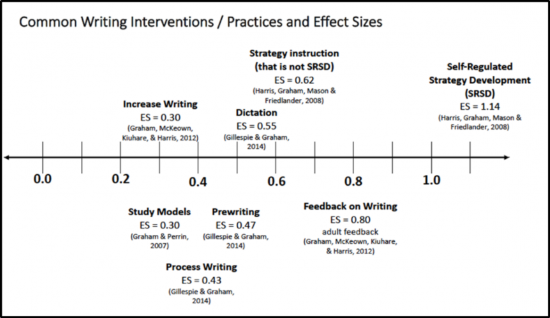This month’s Bright Spot comes from staff in the preschool programs at the Association for Children with Down’s Syndrome, Alcott School, Hudson Valley Cerebral Palsy and the Children’s School for Early Development who have been attending the Preschool PBIS/Pyramid Team training with RSE-TASC Preschool Behavior Specialist Erin Leskovic.
What were students able to achieve?
Across the programs, staff are reporting that their preschool students are showing increased readiness to work, mastery of classroom routines, social connectedness, and appropriate participation in activities like Circle Time and hallway transitions.
What practices or systems made this possible?
The PBIS/Pyramid teams have engaged their staff in identifying consistent behavioral expectations for students, and then teaching them explicitly to students. One addition to this standard PBIS process that really strengthens support for preschool-aged children is visual cues. Teams reported that posting charts of expectations with visual representations using picture exchange symbols, photos and drawings, really helped students understand the behavior expected of them. When they also positively acknowledged students who demonstrated the desired behaviors using those charts and visuals, students became much more aware of their behavior and much more likely to continue to engage in them. Incidentally, some teams noted that the visuals helped the adults remember what to look for and acknowledge as well!
What can we learn from this Bright Spot?
The core elements of the PBIS framework for establishing behavioral expectations; i.e., naming and defining expectations; ensuring all adults in the setting know and reference them; teaching them to the students; and acknowledging those who demonstrate the behaviors; work for students of all ages and abilities. It is critical for teams to consider the developmentally appropriates means of communication and cuing. One support that really benefits young children is the use of visual representation and cues!


 Data-Driven Decision-Making
Data-Driven Decision-Making  Increasing Post-School Success through Interagency Collaboration
Increasing Post-School Success through Interagency Collaboration  How Can We Improve Deeper Learning for Students with Disabilities?
How Can We Improve Deeper Learning for Students with Disabilities?  Positive Classroom Management: Creating an Environment for Learning
Positive Classroom Management: Creating an Environment for Learning  Self-Determination Skills Empower Students of All Ages
Self-Determination Skills Empower Students of All Ages  Fidelity of Implementation: What is it and Why does it Matter?
Fidelity of Implementation: What is it and Why does it Matter?  Rethinking Classroom Assessment
Rethinking Classroom Assessment  A Three-Step Approach to Identifying Developmentally Appropriate Practices
A Three-Step Approach to Identifying Developmentally Appropriate Practices  Transforming Evidence-Based Practices into Usable Innovations: A Case Study with SRSD
Transforming Evidence-Based Practices into Usable Innovations: A Case Study with SRSD